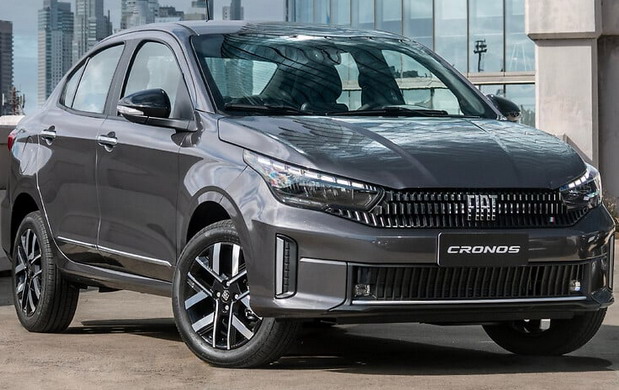AUTONEWS

The electric future of autonomous vehicles
Autonomous vehicles come at a cost: increased energy use. Some suggest that these increased power needs are significant enough to drastically reduce vehicle range, eliminating the possibility of electric autonomous vehicles. Instead, these analysts claim autonomous vehicles must be gas-electric hybrids. In a paper recently published in Nature Energy, Aniruddh Mohan, Shashank Sripad, Parth Vaishnav, and Venkat Viswanathan of Carnegie Mellon University determined that electric power can supply enough energy for an autonomous vehicle without a significant decrease in range.
Two revolutions are happening side-by-side in the automotive industry: the transition to electric power and the rise of autonomous vehicles. Self-driving cars may use more energy than people-driven cars to power sensors and computers for safe navigation. On the other hand, they drive more smoothly than humans do, which would reduce energy use.
An overall increase in energy usage would reduce driving range, requiring more frequent charging and causing faster battery degradation. Since many fear electric vehicles have a shorter range than gas cars, some believe an electric autonomous vehicle cannot exist. This concern motivated the team to investigate the effects automation has on vehicle range.
"We want to know if automation will affect the range so much that we cannot have electric and automated vehicles together in one car," Sripad said. "We wanted to quantify the trade-offs between the two."
Using a vehicle dynamics-based model, Mohan and Sripad estimated the energy demands of self-driving cars to discover how much power is needed for safe autonomous driving. They took into account any extra drag from automation technology and the smoother driving of computer control.
While they did find a decrease in driving range, it wasn't significant enough to eliminate the possibility of electric-powered autonomous vehicles. It was, however, greater in cars that used protruding sensors that increased drag.
"We find that design choices with respect to energy-efficiency of computing hardware and aerodynamic design of sensors will decide if the two revolutions of electric and autonomy are in-sync," Viswanathan, an associate professor of mechanical engineering, said.
Next, researchers will investigate how drivers view the decreased range. While consumers value longer driving ranges, they may also value the luxury of not having to drive.
"Future work must assess whether this loss in range is significant that consumer preferences will be impacted," Vaishnav, an assistant research professor of engineering and public policy, said.
Aniruddh Mohan and Shashank Sripad are Ph.D. candidates in the departments of Engineering and Public Policy, and Mechanical Engineering, respectively, at Carnegie Mellon University. Viswanathan and Vaishnav are also part of the Scott Institute for Energy Innovation at Carnegie Mellon. The project was funded by the National Science Foundation, the U.S. Department of Transportation, and Carnegie Mellon's Block Center for Technology and Society.
Provided by Carnegie Mellon University Mechanical Engineering

Nenhum comentário:
Postar um comentário